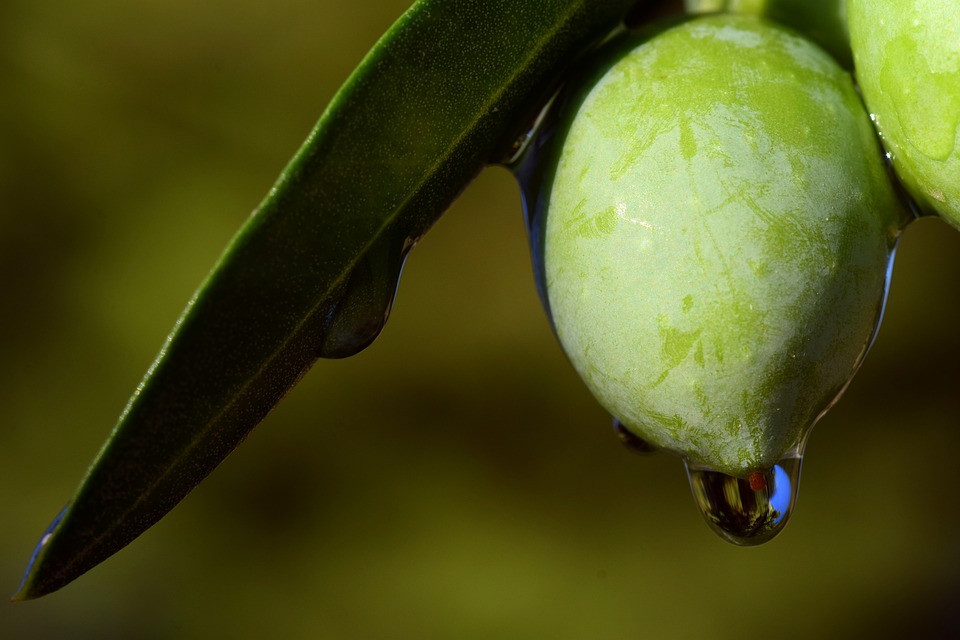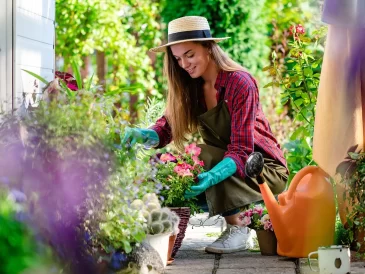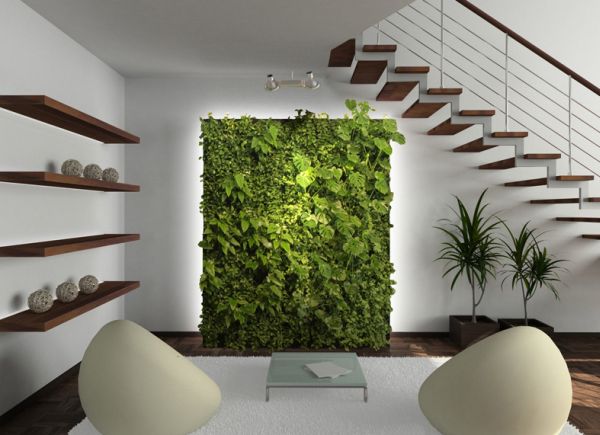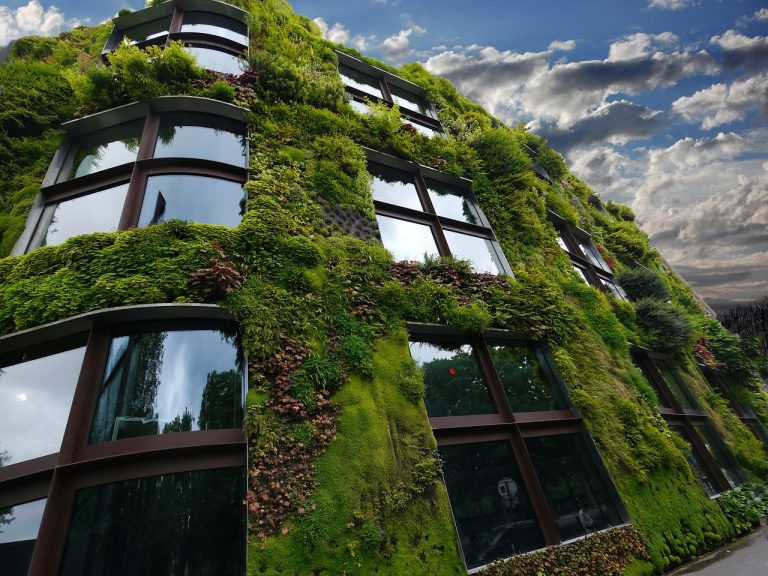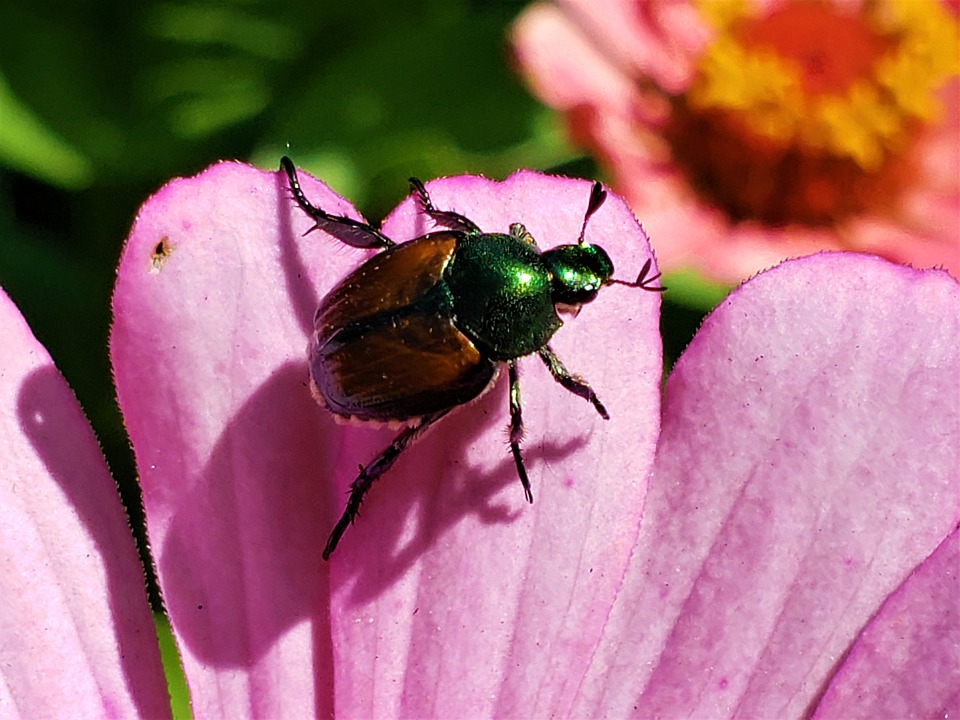The olive tree is known and appreciated all over the world for its fruit and all the products made from it. The olive tree belongs to the Oleaceae family, native to the countries around the Mediterranean Sea.
Watering the Olive Tree
Olive trees should always be maintained in slightly moist soil. The plant will evaporate a lot of water, especially if it is in a high light area. In summer, it needs to be watered two to three times a week, and this is particularly crucial if the plant is placed in a sunny location.
When watering, make sure that the base of the olive tree is not immersed in water. This will cause root rot, and the plant will not survive for long. Root rot will only become visible in the plant after a while.
Watering two to three times a week during the summer and once a month during the fall and spring is sufficient. Discontinue irrigation in winter. It is a good idea to check the condition of the soil from time to time. This can be done by plunging two fingers deep into the ground; if the soil is still dry after a day, you have watered too little; if the soil is still quite wet after four days, water a little less.
Spraying
There is no need to spray the olive tree. In the Mediterranean climate, where this plant is native, there is no high humidity. Spraying in the summer can be harmful. If you are growing olive trees purely for ornamental purposes, it is recommended that you only water them in the event of an arid summer, when the plant needs sufficient rainfall to grow.

How and When to Apply Fertilizer
Fertilization is essential for the olive tree to grow properly. The main elements that affect the growth of this plant are nitrogen (N), phosphorus (P), potassium (K), calcium (Ca), magnesium (Mg), and boron (B). Note that excess can be as harmful as a deficiency. For olive trees growing in the ground, you can choose to fertilize only once in early spring or several times a year (phosphorus and potassium in the fall, nitrogen in late winter and spring). In either case, fertilizer should be applied as directed at the time of irrigation.
For potted plants, it is recommended to use an organic fertilizer (such as compost) at a rate of 13-15%. This is mixed directly into the soil, and the plants are planted. It is then recommended that one fertilizer application be made in the spring when the growing season begins. Further interventions should be assessed according to the individual plant’s needs, especially if the plant has been under some stress.
Repotting An Olive Tree
Repotting olive trees is necessary when the planter becomes too small. Choose a planter that is at least 20% larger than your current planter or flowerpot. Then, allow enough space for the plants to grow further. This can be done with common potting soils or bulk struts.
Repotting should be done in the spring or immediately after purchase. Spring is preferable as damaged roots are more likely to recover. To remain healthy, the tree should be repotted in a larger pot every two years.
If the olive tree is to be placed outdoors, it is recommended to be planted in the ground or a well-drained planter. In this case, before filling the planter with culture soil, make sure to put a good layer of hydro granules on the bottom and make a hole in the bottom of the pot to allow water to drain out.
Let us know if these few tips have helped you in the comments below!

